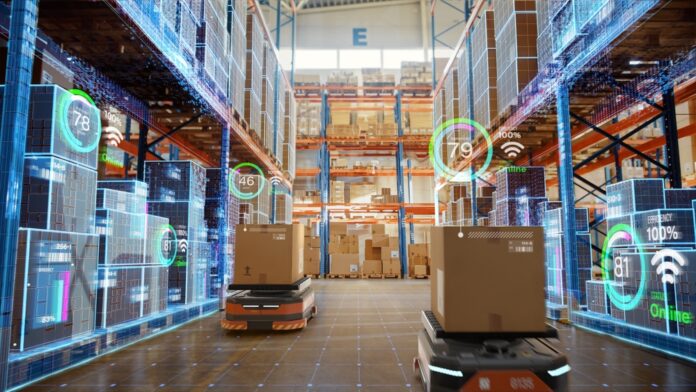A Diálogo, transportadora do Grupo BBM, especializada em entregas para e-commerce e marketplaces, anuncia a expansão de seus serviços além do last mile, passando a operar também com as modalidades Midpack, Inject e Inhub. A iniciativa reforça o compromisso da empresa em oferecer soluções flexíveis e integradas para o varejo digital.
Cada modalidade atua em um estágio específico da cadeia logística e foram implantadas para garantir maior controle, redução de etapas desnecessárias e agilidade no transporte e processamento das mercadorias.
Segundo a Diálogo, os clientes serão beneficiados com a redução de custos operacionais e de transporte, graças à otimização de rotas e consolidação de cargas.
Outra vantagem é a possível integração dessas modalidades com tecnologias como torre de controle, aplicativos e sistemas de tracking para assegurar o rastreamento em tempo real e a transparência da movimentação dos produtos em todas as etapas logísticas, aumentando, assim, a confiabilidade das operações.
“Com informações centralizadas e rastreamento em tempo real, os varejistas digitais também podem melhorar o controle de estoque e ter uma maior precisão na gestão de pedidos”, diz Jorcei Chiochetta, diretor de transporte fracionado e e-commerce.
As novas modalidades também permitirão ao varejo digital otimizar a previsibilidade nas entregas, elevando a satisfação do consumidor e reduzindo o abandono de carrinho por prazos longos, além de flexibilizar a operação em múltiplos canais de venda, com a possibilidade de retirada em hubs ou entrega domiciliar.
O que são as novas modalidades e seus diferenciais
A modalidade Midpack é voltada para produtos entre 2kg e 10kg e contempla todas as etapas do transporte, ou seja, a gestão de encomendas entre centros de distribuição e hubs urbanos. Seu diferencial é otimizar o fluxo intermediário antes da entrega final, garantindo eficiência e controle no trajeto entre grandes centros.
Já a Inject permite a consolidação e injeção de volumes diretamente nos centros de distribuição da Diálogo, agilizando o processamento e reduzindo etapas no ciclo logístico. Dessa forma, o cliente leva os produtos diretamente até o terminal destino e a empresa efetua a entrega final ao consumidor.
Por fim, a modalidade Inhub é uma operação de cross-docking e transbordo em hubs urbanos, permitindo a rápida transferência de mercadorias entre modais e reduzindo o tempo de entrega das encomendas. Na prática, o cliente deixa a carga em um terminal da BBM mais próximo e a Diálogo segue com os fluxos de transferência e entrega ao consumidor.
“Queremos fortalecer nossa posição como parceira estratégica do e-commerce, oferecendo soluções que impulsionam a eficiência logística com entregas mais rápidas, previsíveis e com maior controle. Tudo isso para promover uma ótima experiência ao consumidor final e o crescimento sustentável dos negócios digitais dos nossos clientes”, destaca Chiochetta.
A Diálogo já trabalha com outras operações como: Standard (coleta, transferência e entrega para pacotes de 1kg a 2kg); Same Day (entrega no mesmo dia); Ship From Store (coleta nas lojas do cliente e entrega direta ao consumidor final); Express (entregas em até 48h em capitais); Omnichannel (coleta no Centro de Distribuição central do cliente e entrega ao consumidor); Marketplace (coleta nos vendedores e entrega ao cliente final); e Middle Mile (transferência de mercadorias entre CDs de clientes).


